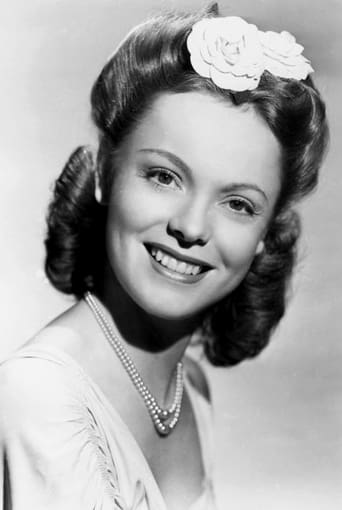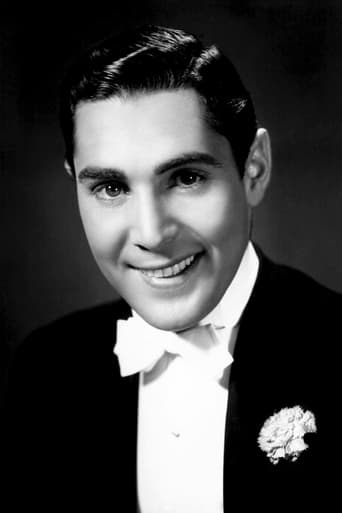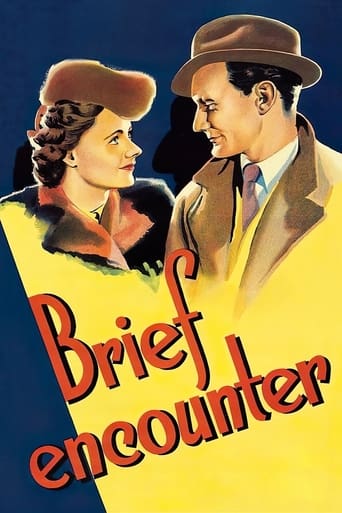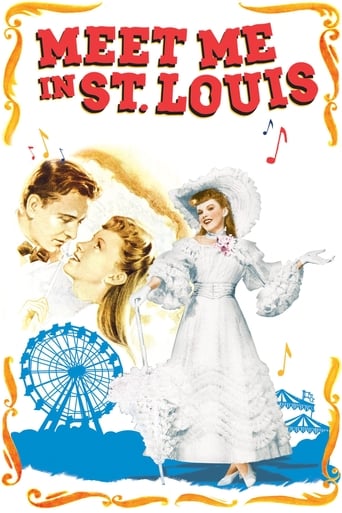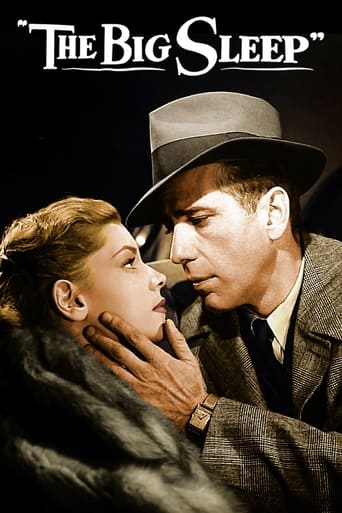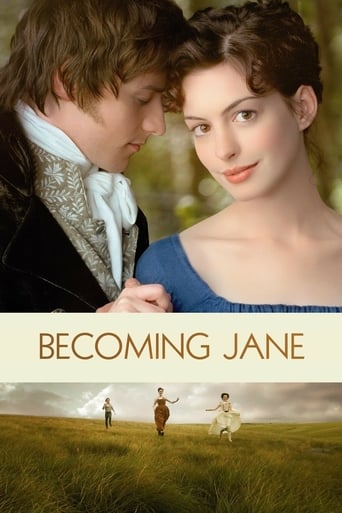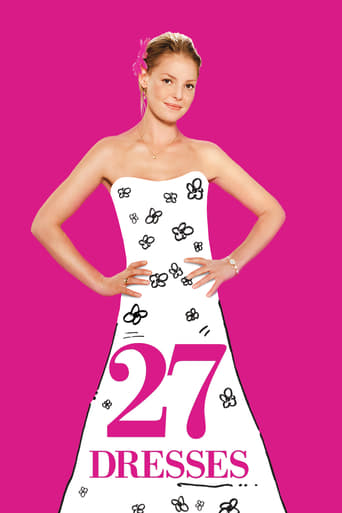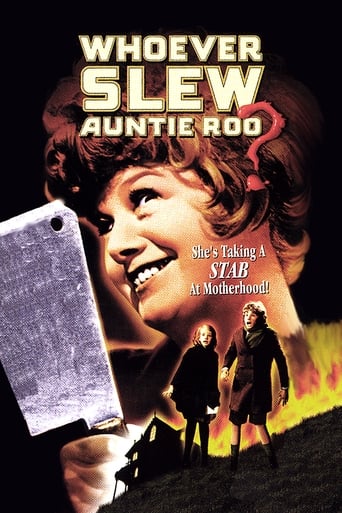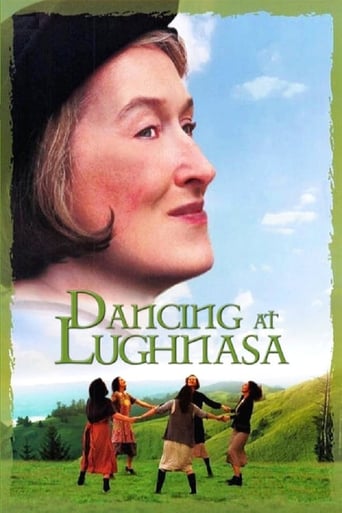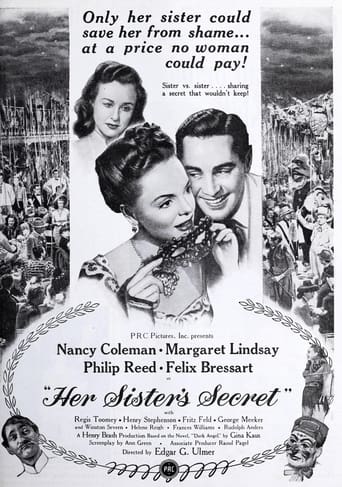
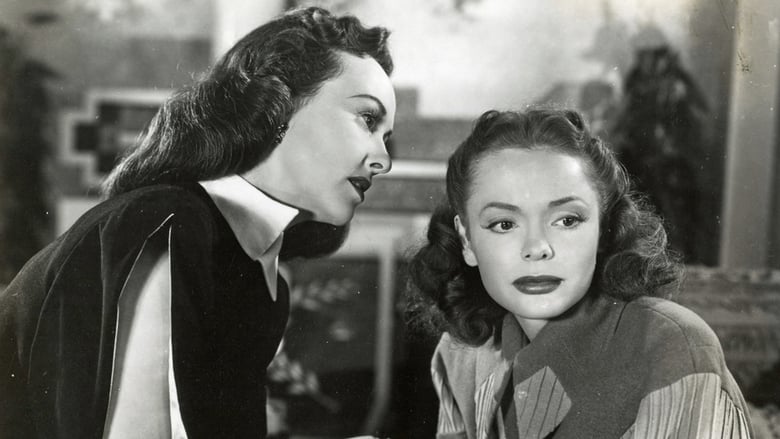
Her Sister's Secret (1946)
A WWII tale of romance that begins during New Orlean's "Mardi Gras" celebration when a soldier and a girl meet and fall in love. He asks her to marry him but she decides to wait until his next leave. He is sent overseas and she does not receive his letter and feels abandoned, but she does find out she is pregnant. She gives the child to her married sister and does not see her child again for three years. She returns to her sister's home to reclaim the child, and the soldier, who has been searching for her, also turns up. The sister is not interested in giving up the child. Written by Les Adams
Watch Trailer
Cast


Similar titles
Reviews
Very very predictable, including the post credit scene !!!
Save your money for something good and enjoyable
Blistering performances.
The movie's not perfect, but it sticks the landing of its message. It was engaging - thrilling at times - and I personally thought it was a great time.
Toni (Nancy Coleman) is at Mardi Gras and meets a soldier named Dick (Phillip Reed) and they impetuously fall for each other and they have sex*. She gets pregnant and they lose contact. Not wanting to be an unwed mother, she convinces her sister (Margaret Lindsay) to adopt the child and pretend it is hers. Renee agrees but stipulates that Toni needs to stay away for at least three years, as she's worried Toni might change her mind and try to take the baby back to raise on her own. Some time passes...and Toni's commitment to the agreement begins to wane...Although there are a few overly dramatic and overwrought scenes, this is a good story and it really packs great emotional impact...particularly when Toni decides to go back on their agreement. You'll find yourself getting angry, sad...the whole gamut. Well worth seeing.*Sex in the 1940s was pretty much taboo in films, so here the camera pans to the sky and the music intones and then the sun rises...hardly a love scene but about as far as censors back then would let them go.
We know from people like Bobby Darin and Jack Nicholson that, with the stigma of having an illegitimate child once so prevalent, the person you call "Mommy" might not be. Your real mother could in reality be your sister, your aunt, anybody.In "Her Sister's Secret" from 1946, director Edgar Ulmer keeps this film out of maudlin territory and presents a poignant story of a mother's pain at having to give up her baby for her sister to raise.Nancy Coleman stars as Toni, a young woman who meets a soldier, Dick (Philip Reed) during the New Orleans Mardi Gras. They fall in love, and he wants to marry her. They decide to wait until his next leave to be sure. When they part, they agree to meet, if they both feel the same, at a restaurant. Unbeknownst to her, his leave is canceled. He writes to her at the restaurant but the letter never reaches her. By then, she is pregnant. Toni finally confides in her sister Renee (Margaret Lindsay). She and her husband (Regis Toomey) have not been able to have a child, so she offers to raise the baby as their own. Toni agrees, but in her heart, she never really gives up the baby. After her father dies, she starts literally stalking the child and his nurse, sitting in the park each day. Truly alone now, she makes a decision that is going to cause problems.One can't help watching a film today and realizing how different things were when the film was made. Can you imagine someone sitting in a park each day, watching children, and a nurse handing you a kid and asking you to watch him for a minute? Like I suppose that happens. She would have been picked up by the police the minute someone notices she's there every day. We live in a much different society now.Also, having an illegitimate child was tantamount to being a criminal, so bad you had to disappear, return later with someone else having taken your baby, or say you were married and your husband died, or end up in a home for unwed mothers. Nowadays people take out headlines announcing an unmarried pregnancy. Amazing.Anyway, Toni is in terrible pain, and one can't help but feel for not only her, but all the women who went through that situation years ago. In Toni's case, because she believed Dick didn't love her, she could not get past losing the baby, Billy, too.The Mardi Gras scenes are marvelous, showing the festivities and people's enjoyment. The acting is very good, with Nancy Coleman giving a lovely performance as a heartbroken woman, and Margaret Lindsay as her sophisticated older sister. Philip Reed, who at some angles bears an eerie resemblance to Tyrone Power, is fine as the soldier who leaves without realizing he's going to be a father. Regis Toomey plays Lindsay's husband, and he comes off as a genuinely nice guy and a good man.How wonderful that the little boy who played Billy, Winston Severn, has posted here with his reminiscences of the film. Though he was only four at the time, his memories are strong. I really liked this film. The actors pulled me in, and it was well directed. Not the world's greatest production company, but it pulled off a winner.
It is nothing if not puzzling, that despite all the attention Mr. Ulmer's other work receives, "Her Sister's Secret," remains consigned to some no man's land--ignored, ignored, ignored...Very bewildering indeed, since, Mr. Ulmer is clearly working above his usual constraints, as is evidenced by the fact that it doesn't look like a PRC film at all! By some feat or other, a bit more coin was dropped here and it shows.Working this time without his usual collaborators, (or should we say culprits?) producer Leon Fromkess and art director Paul Palmentola) Ulmer achieves something completely unlike the pulp antics of "Monsoon" or "Delinguent Daughters,"--a posh women's picture in the Douglas Sirk mode--all velvet and satin and ball masques.Indeed, the film looks for all the world like one of Ross Hunter's early black and white dramas for Universal--(before he ascended into Eastmancolor heaven)-such are the film's physical and aural accoutrements, (among the latter note the use of a celestial choir in the fadeout just as in 1959's "Imitation of Life").To avoid "spoilers" suffice it to say that the story hinges on a well born young miss who finds herself in trouble after an indiscretion with a furloughed soldier during Mardi Gras. Though Miss Coleman's character mentions her extreme "shame," the picture avoids the moral implications of her dilemma in favor of the unavoidable emotional attachment she feels toward her child. To the picture's credit it strongly emphasizes the permanent natural and ethical link that maternity imposes, (this would be an excellent film for pro-abortionists to see.) That the principal players are Phillip Reed, soulfully beautiful Nancy Coleman, and tres chic Margaret Lindsay assures the audience of three very good looking leads. In addition it offers veteran player Henry Stephenson a good part preparatory to his trek to Albion in order to film David Lean's "Oliver Twist," (didn't Ulmer rub shoulders with interesting people?)Though bereft of Eugene Shufftan's fabled expertise on this project, Mr. Ulmer was lucky to secure the services of Franz Planer, a superb cinematographer in his own right, who manages deftly smooth boom maneuvers amidst the moody settings (the work of art director Edward Jewell). This is most evident in the film's superb opening, in which Mr. Planer rides his camera through the flying confetti and contorted, gyrating and swaying movement of the masqued revelries of the Mardi Gras, (this film anticipates, on a smaller scale, the carnival sequence in "Saraband for Dead Lovers").The settings include the terraced New Orleans restaurant where the film opens, Mr. Stephenson's private library, an Arizona Sanitorium, Central Park and Miss Lindsay's swank Manhatten duplex apartment, which seems to take some of its stylistic cues from Premingers "Laura," (all white on white satin with the requisite terrace.) And being a women's picture a nod must go to "Donn" who provided the Misses Coleman and Lindsay with a mouth watering wardrobe, which serves as a reminder at what a dear sartorial cost the cultural meltdown of recent decades has wrought--one won't find on screen elegance like this today. Why the milliner alone must have made a killing on this picture! And take a gander at that satin lined split sleeve number Miss Lindsay wears in her final scene.All told, this is a smoothly turned and consistently interesting treatment of a perennial problem--and deserves a far higher place on the list of Mr. Ulmer's credentials than "Jive Junction".
I saw this film at a screening several years ago at the Edinburgh Film Festival. The picture was actually introduced by Mr.Ulmer's daughter. It's a typical 1940's melodrama that is well directed. It is apparent in viewing the film that Ulmer knew exactly what he was doing when he made a movie. It was only the second Ulmer film I had seen, the first being the superior Detour. I can't remember the plot in too much detail because it was a while ago, but it involves an illegitimate child. It has a good social message in that it sheds light on how so-called "bastard" children are sometimes the subjects of social discrimination. I'm surprised it hasn't received more votes. I guess I was lucky to catch that screening.


